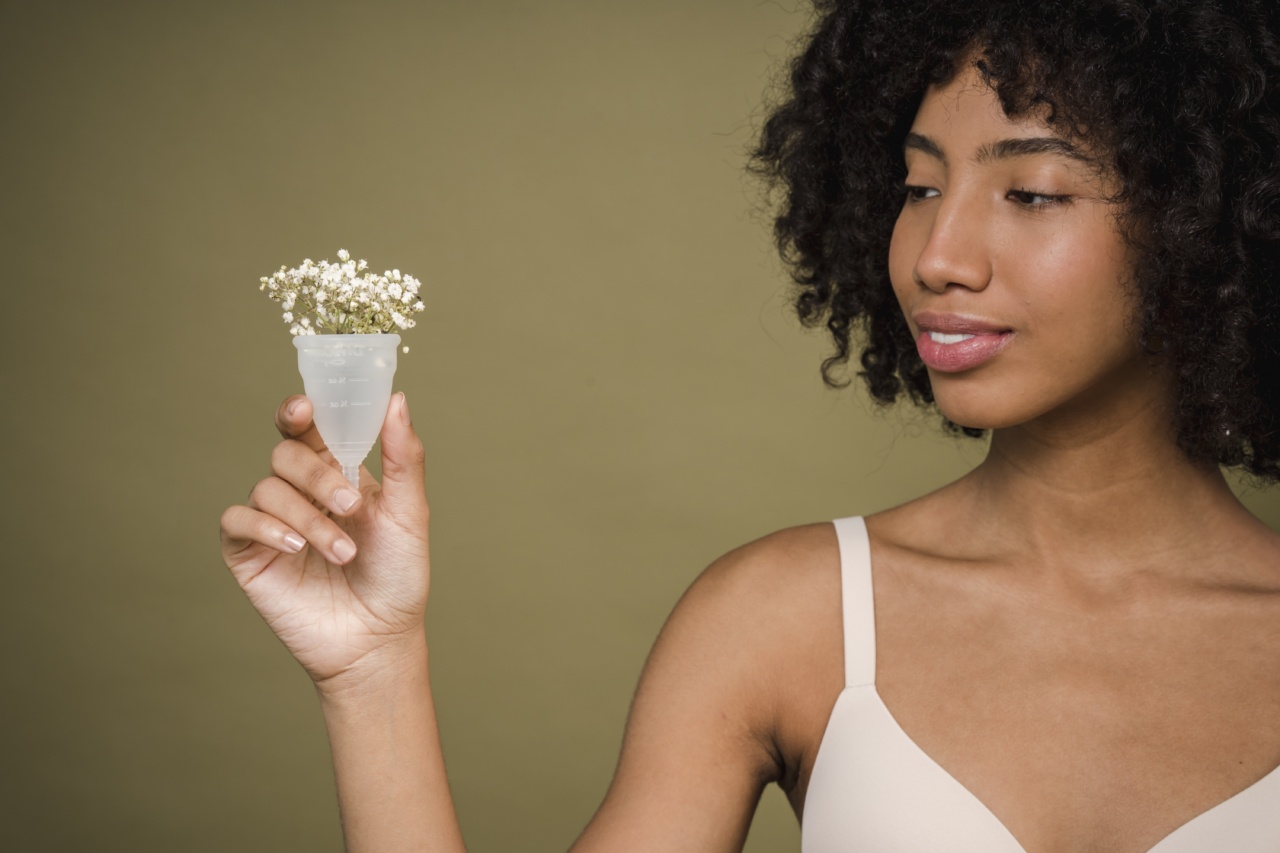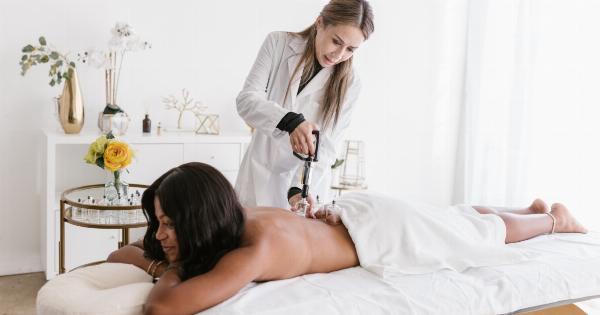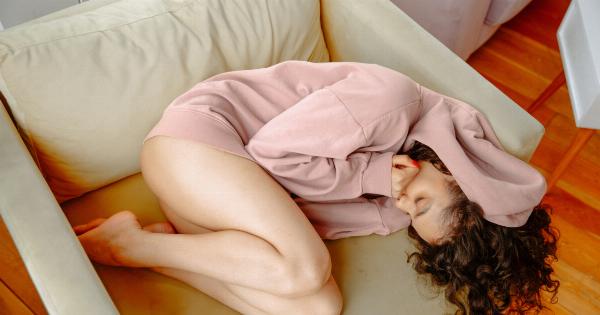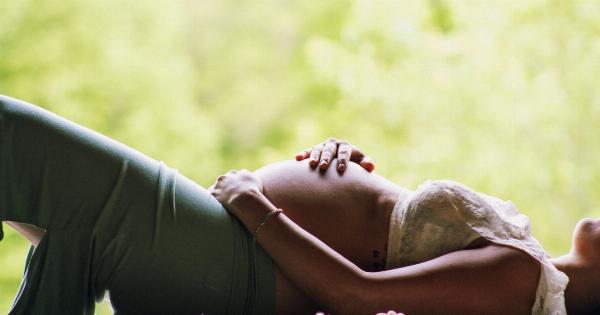For many women, menstrual cramps are a painful and uncomfortable part of their monthly cycle. While over-the-counter pain relievers may provide temporary relief, some women are turning to traditional Chinese medicine (TCM) for longer-lasting relief.
TCM has been used for thousands of years to treat a variety of ailments, and there are several techniques that can be used to relieve menstrual cramps.
What Causes Menstrual Cramps?
Menstrual cramps are caused by the uterus contracting in order to shed its lining. These contractions can cause pain and discomfort in the lower abdomen, as well as other symptoms such as bloating, headache, and nausea.
While some mild cramping is normal during menstruation, severe or persistent cramping could be a sign of an underlying condition such as endometriosis or uterine fibroids.
Acupuncture
Acupuncture is a common treatment in TCM that involves the insertion of thin needles into specific points on the body. This technique is believed to stimulate the body’s natural healing processes and can be used to relieve menstrual cramps.
One study found that women who received acupuncture treatment for menstrual cramps experienced a 50% reduction in pain compared to women who did not receive treatment.
Moxibustion
Moxibustion is another TCM technique that involves burning moxa, a substance made from dried mugwort, close to the skin. This can be used to warm specific acupuncture points and relieve menstrual cramps.
One study found that women who received moxibustion treatment for menstrual cramps experienced a significant reduction in pain compared to women who received a placebo treatment.
Herbal Medicine
Herbal medicine is a key component of TCM and can be used to relieve menstrual cramps. One popular herbal remedy is dong quai, which is believed to stimulate blood flow and reduce pain.
Other herbs such as ginger and turmeric can be used to reduce inflammation and relieve pain.
Dietary Changes
In addition to TCM techniques, dietary changes can also be effective in relieving menstrual cramps. Eating a diet rich in fruits, vegetables, and whole grains can help reduce inflammation and regulate hormones.
Avoiding caffeine, alcohol, and processed foods can also help alleviate discomfort during menstruation.
Exercise
Regular exercise is another important tool in managing menstrual cramps. Exercise can help improve circulation and reduce inflammation, which can relieve cramps.
Low-impact exercises such as yoga or swimming can be particularly effective in reducing cramping and discomfort during menstruation.
Massage
Massage is a gentle and non-invasive technique that can be used to relieve menstrual cramps. A gentle massage of the abdomen and lower back can help relax muscles and reduce pain.
Adding essential oils such as lavender or clary sage to the massage oil can also help soothe and calm the body.
Heat Therapy
Applying heat to the lower abdomen can help reduce cramping and discomfort during menstruation. A heating pad or hot water bottle can be placed on the lower abdomen to provide relief.
Taking a warm bath or using a sauna can also help relax muscles and reduce pain.
Aromatherapy
Aromatherapy involves the use of essential oils to promote healing and relaxation. Essential oils such as lavender, clary sage, and chamomile can be used to relieve menstrual cramps.
These oils can be added to a warm bath, used in a diffuser, or added to massage oil for a relaxing and soothing effect.
Conclusion
Menstrual cramps can be a painful and uncomfortable part of a woman’s monthly cycle.
While over-the-counter pain relievers can provide temporary relief, traditional Chinese medicine offers a range of techniques that can provide longer-lasting relief. Acupuncture, moxibustion, herbal medicine, dietary changes, exercise, massage, heat therapy, and aromatherapy are all effective techniques that can be used to relieve menstrual cramps naturally.





























